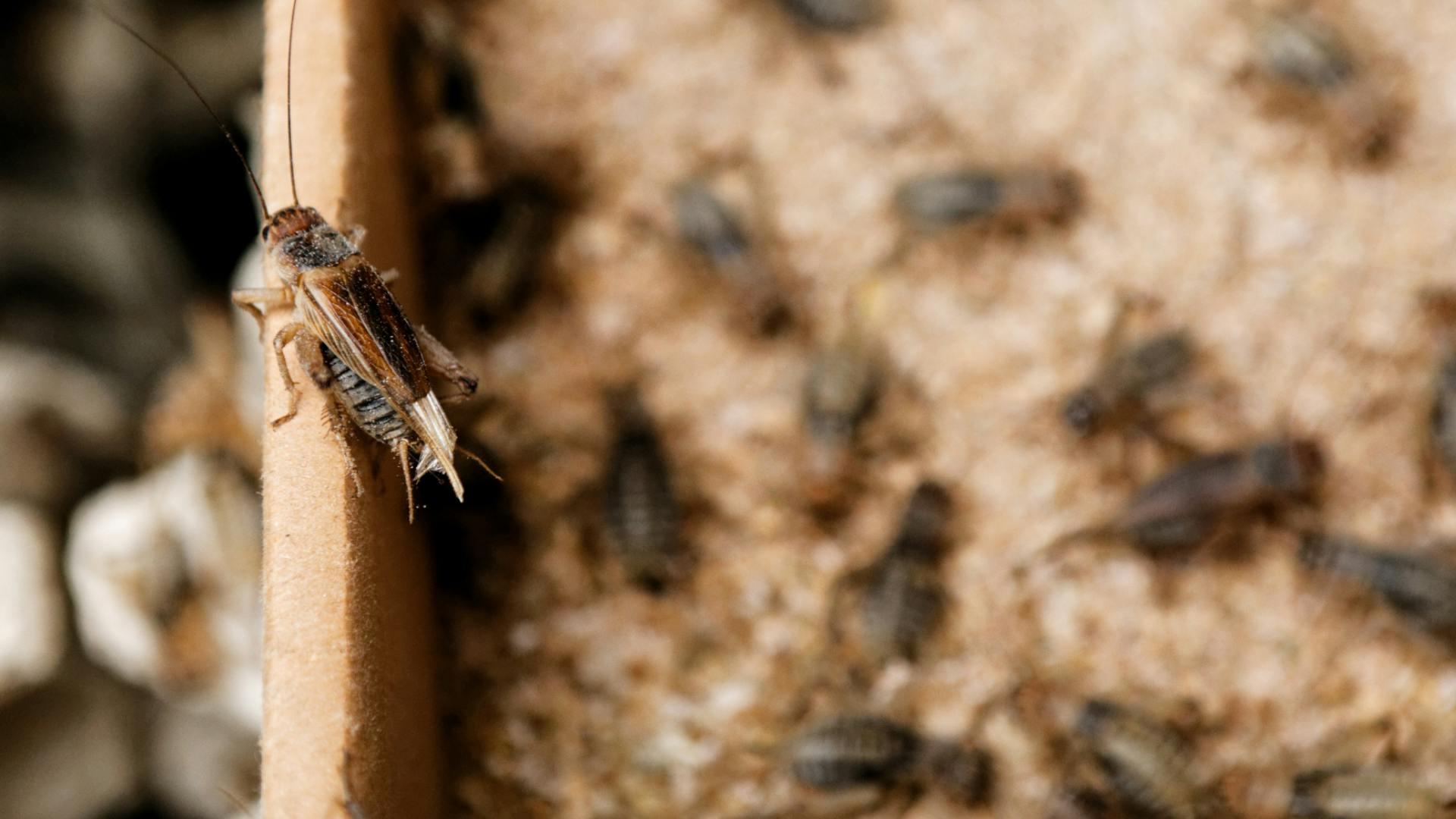When it comes to insect farming, feed isn’t just fuel—it’s strategy.
Small changes in what you feed your insects can lead to major shifts in growth rates, waste output, colony health, and ultimately, profitability. That’s why feed traceability is emerging as one of the most important practices for any farm looking to scale.
What Is Feed Traceability?
Feed traceability means tracking:
What feedstocks are used (e.g. grains, pre-consumer waste, food scraps)
When they’re added or changed
How different feed inputs correlate with key outcomes—growth speed, survival rates, frass volume, etc.
This kind of tracking is common in livestock and aquaculture.
Now, insects are catching up.
Why It Matters:
Performance Benchmarking: You can’t improve what you don’t measure. Traceability lets farms compare how different diets perform across cycles or species.
Early Warning Signals: Sudden drop in survival? Look at the last feed change. This kind of data shortens the time between issue and insight.
Regulatory Compliance & Transparency: More regions are tightening standards around feed origin, safety, and reporting. Traceability isn’t just useful—it’s soon going to be mandatory.
Better Use of Waste Streams: For farms feeding insects on recycled or variable substrates, traceability helps identify which waste streams are actually valuable—and which introduce risk.
The Challenge
Until now, feed changes often lived in a notebook—or worse, in someone’s head. But as insect farming gets more sophisticated, this kind of informal tracking doesn’t cut it anymore.
Hexapod’s latest release includes flexible feed tracking that lets farms log what goes in, how it’s mixed, and when things change—layered with existing environmental and performance data.
It’s one piece of a larger puzzle: turning instinct-based farming into data-backed production.
Curious how it works in practice?
Book a Hexapod demo — just reach out and we’ll show you.
